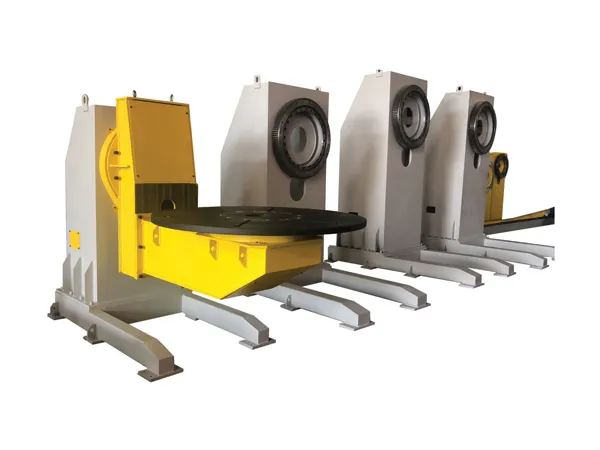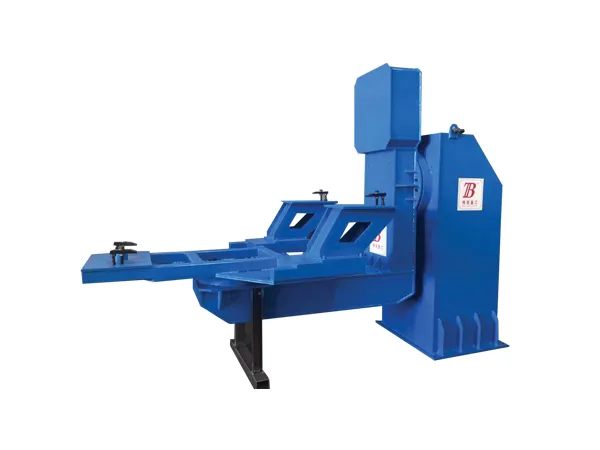A welding positioner is a device used to hold and rotate a workpiece to the optimal position for welding. It allows the welder to work at a consistent angle, improving weld quality, reducing fatigue, and increasing productivity. A welding positioner consists of several key components designed to hold, rotate, and tilt workpieces to facilitate welding from optimal angles.
Welding positioner composition

1. Rotating Table/Chuck
Rotating Table: The flat surface or platform where the workpiece is mounted. It rotates to allow access to different areas of the workpiece without manually repositioning it.
Chuck: A clamping device on the rotating table that securely holds the workpiece in place during rotation. Chucks can be three-jaw, four-jaw, or specially designed for specific workpiece shapes.
2. Tilt Mechanism
Tilting Table: Allows the rotating table or chuck to be tilted at various angles, providing the flexibility to position the workpiece optimally for welding.
Tilt Motor/Gears: Motor and gears control the tilting action, allowing precise adjustments to the tilt angle.
3. Control System
Control Panel: The interface used to control the rotation speed, tilt angle, and other positioner functions. It may include buttons, switches, or a touchscreen.
Foot Pedals/Remote Control: Optional control devices that allow the welder to adjust the positioner hands-free or from a distance.
4. Base Frame
Base/Frame: The sturdy structure that supports the positioner and ensures stability. It must be strong enough to bear the weight of the workpiece and resist vibration during operation.

5. Fixture Clamps
Clamps/Fixtures: Devices used to hold the workpiece securely to the rotating table or chuck. These can be adjustable to accommodate different shapes and sizes of workpieces.
6. Drive System
Rotation Motor: Powers the rotation of the table or chuck, allowing continuous or indexed rotation of the workpiece.
…
For more detailed information about the welding positioner, please click here: https://www.bota-weld.com/en/a/news/welding-positioner-composition.html


